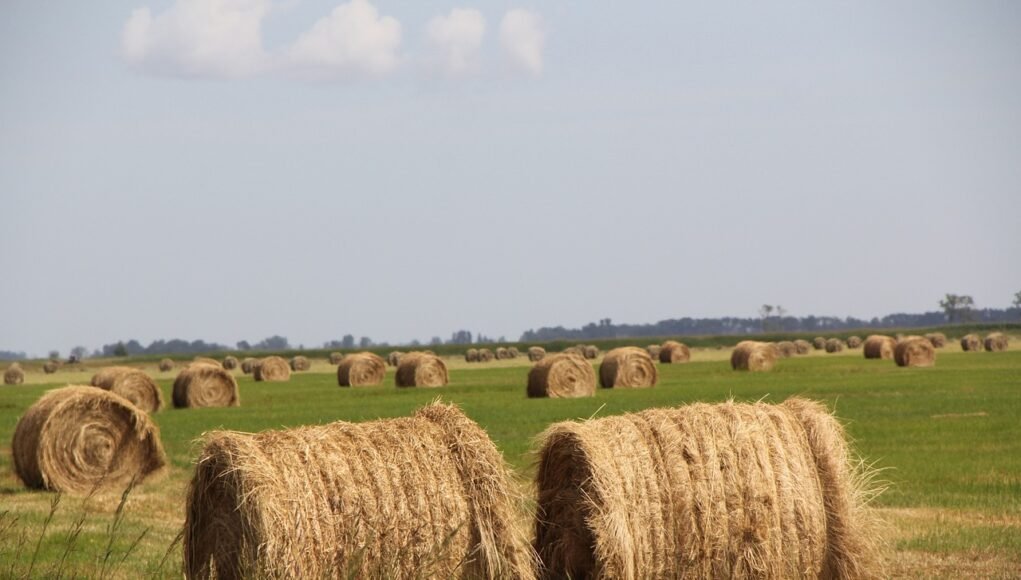As the global population grows and environmental challenges intensify, the agricultural sector faces immense pressure to produce more food sustainably. AgriTech, the intersection of agriculture and technology, is emerging as a game-changer in addressing these challenges while paving the way for a greener, more efficient future.
Explore more:-
AgriTech combines agriculture with cutting-edge technology to improve efficiency, sustainability, and productivity in farming. It leverages innovations like AI, IoT, drones, and data analytics to optimize resource use, reduce waste, and enhance crop yields. AgriTech solutions address challenges like food security, climate change, and water scarcity, paving the way for eco-friendly and scalable farming practices that support a greener, more sustainable future.
What is AgriTech?
AgriTech refers to the application of advanced technologies such as artificial intelligence (AI), Internet of Things (IoT), drones, robotics, and biotechnology in agriculture. Its goal is to improve productivity, optimize resource usage, and reduce environmental impact.
Key Innovations Driving AgriTech
- Precision Agriculture
Precision agriculture uses data-driven tools, including GPS, sensors, and AI, to optimize farming practices. By analyzing soil health, weather patterns, and crop conditions, farmers can make informed decisions about planting, irrigation, and fertilization. This reduces waste, conserves water, and boosts yields. - IoT and Smart Farming
IoT devices like soil moisture sensors, weather monitors, and automated irrigation systems are transforming farms into interconnected ecosystems. These tools provide real-time data, enabling farmers to monitor and manage their fields remotely, improving efficiency and reducing resource consumption. - Vertical Farming
With limited arable land and urbanization on the rise, vertical farming offers a sustainable solution. Using stacked layers, LED lighting, and hydroponics, vertical farms grow crops in controlled environments, requiring less water and no pesticides while maximizing space usage. - AI-Powered Solutions
AI-powered tools are revolutionizing farming by predicting weather patterns, diagnosing crop diseases, and automating tasks like planting and harvesting. These innovations increase efficiency and reduce the margin for error in agricultural processes. - Drones and Robotics
Drones are being used for aerial imaging, crop spraying, and field monitoring, while robots handle tasks like harvesting and weeding. These technologies save time, reduce labor costs, and minimize the use of chemicals. - Biotechnology
Advances in biotechnology are enabling the development of drought-resistant and pest-resistant crops. Genetically modified organisms (GMOs) and bioengineered solutions are helping farmers tackle climate-related challenges while enhancing food security.
The Environmental Benefits of AgriTech
- Water Conservation: Smart irrigation systems and water-efficient crops reduce water usage in farming.
- Reduction in Chemical Use: Precision application of fertilizers and pesticides minimizes environmental harm.
- Lower Carbon Footprint: Innovations like vertical farming and renewable energy integration reduce greenhouse gas emissions.
- Soil Health Improvement: Data-driven farming techniques help maintain soil fertility and prevent degradation.
Challenges and the Road Ahead
While AgriTech holds immense potential, its adoption faces hurdles such as high costs, lack of infrastructure, and resistance to change in traditional farming communities. Governments, private investors, and startups must collaborate to make these technologies accessible and affordable for small and medium-scale farmers.
Conclusion
AgriTech is not just a technological revolution; it is a movement toward a more sustainable and resilient future. By combining innovation with environmental responsibility, AgriTech is addressing global food challenges while protecting our planet. As more stakeholders invest in these technologies, the vision of a greener tomorrow becomes increasingly achievable.








